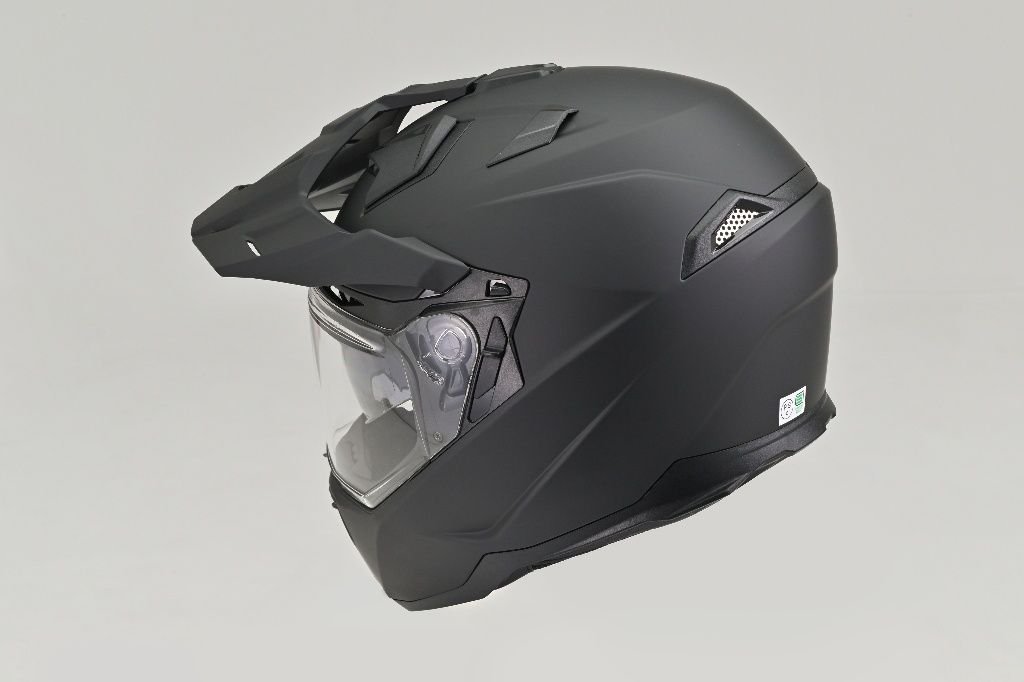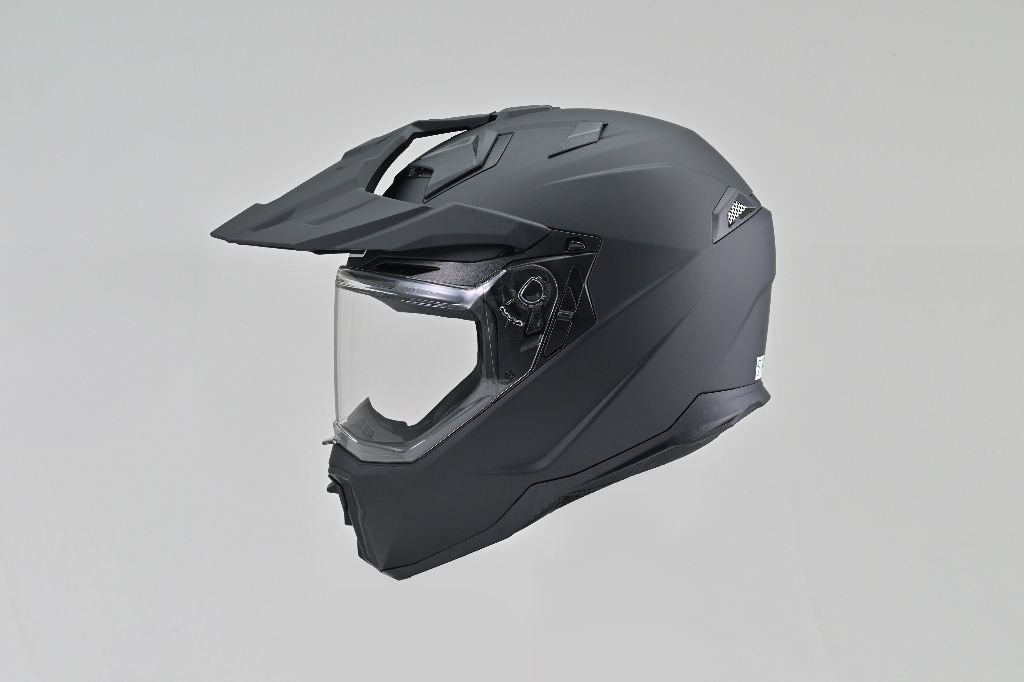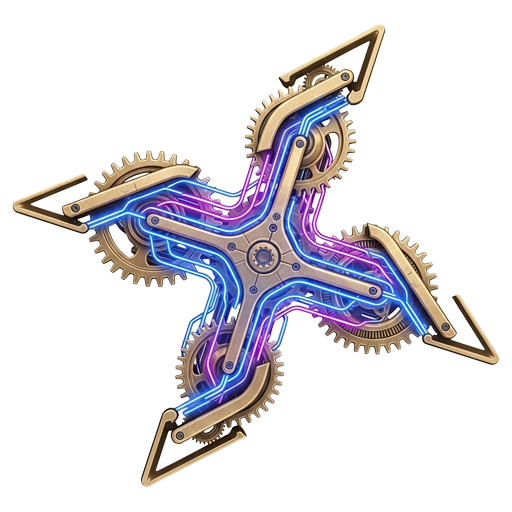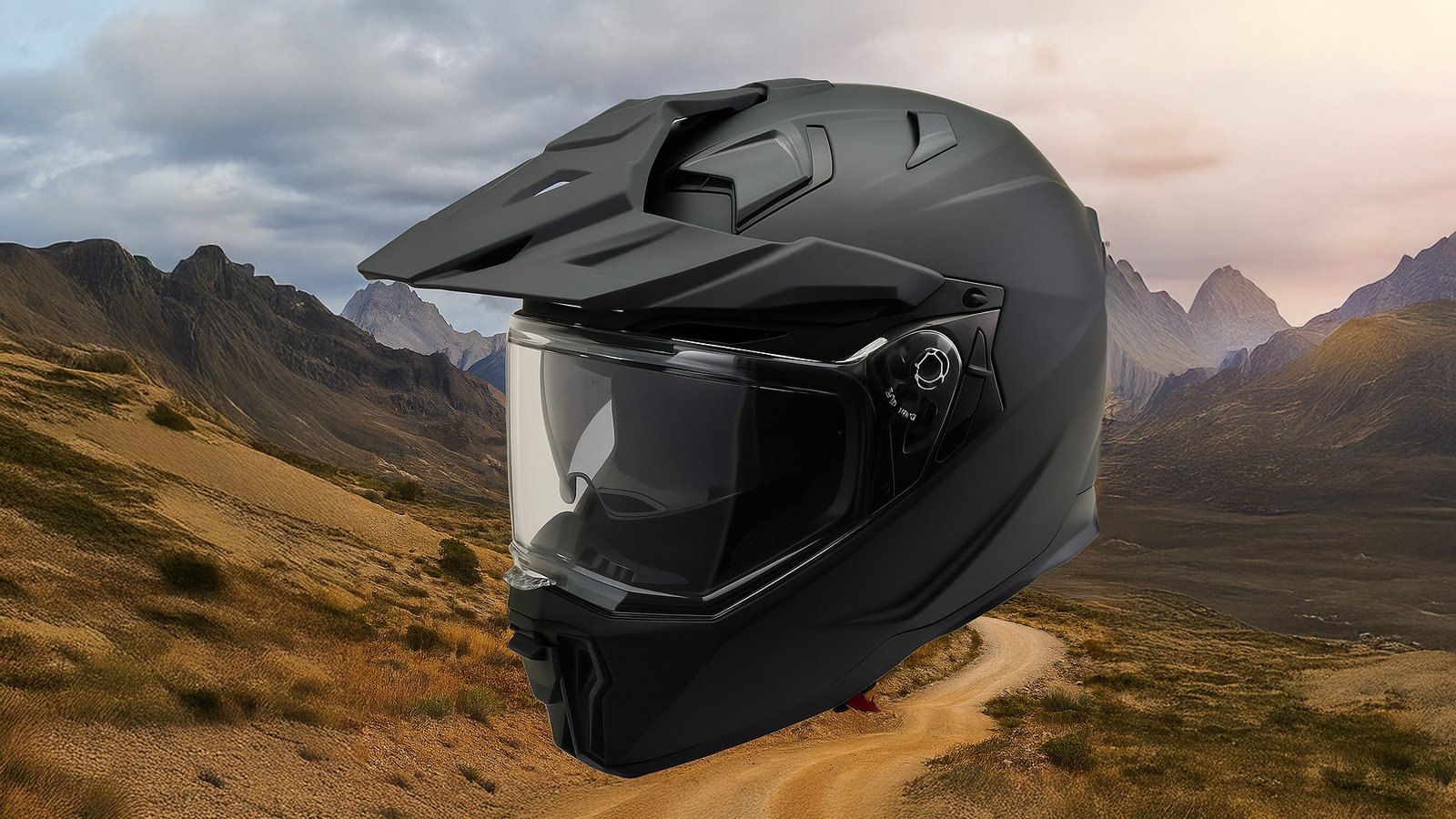In the pursuit of speed, the rider becomes a projectile, and the helmet, the projectile’s nose cone. It is a world of violent, turbulent air where stability is paramount and milliseconds are currency. From the hyper-competitive proving grounds of Japan’s racing circuits emerges Kabuto’s latest instrument, the F-17. This is not a helmet for the casual commute; it is a purpose-built tool engineered with a singular focus: to manage airflow with a protocol droid’s precision and safeguard its user at the ragged edge of performance. Successor to the formidable RT-33, the F-17 enters the arena not with bold proclamations, but with the quiet confidence of superior engineering. It leverages advanced composite materials and aggressive, wind-tunnel-honed aerodynamics to serve the sport and track-day rider. This is our deep-dive analysis of Kabuto’s new apex predator.
Nexus Score: 8.9/10

The Blueprint
The Kabuto F-17 is a full-face, track-oriented helmet designed for competitive and high-speed sport riding. It is engineered to meet the stringent ECE 22.06 and FIM safety standards, placing it in the elite tier of protective headgear. The core design philosophy centers on aerodynamic stability, advanced ventilation, and a lightweight, resilient shell structure.
- Objective: To provide professional and amateur racers with a competitive advantage through superior aerodynamic performance, ventilation, and impact protection.
- Key Technologies: Advanced Composite Technology (A.C.T.-2) shell, Wake Stabilizer (Pat.), Crest Spoiler, dual-axis ratchet system, and COOLMAX interior lining.
- Intended User: The dedicated track rider, amateur racer, and discerning sport rider who demands clinical performance and FIM-homologated safety.
Under the Hood
The soul of the F-17 resides in its shell construction and aerodynamic architecture. Kabuto’s Advanced Composite Technology (A.C.T.-2) interlaces high-tensile organic fibers with fiberglass into a multi-layer structure. This process yields a shell that is not only remarkably light but also engineered for controlled flex and dissipation of impact forces, a critical factor in meeting the rigorous rotational and high-velocity impact tests of the ECE 22.06 standard.
Ventilation is an exercise in fluid dynamics. The system features a large chin vent, dual forehead intakes, and a prominent rear exhaust port integrated into the helmet’s aerodynamic stabilizers. The channels bored through the dual-density EPS liner are wide and direct, designed to create a Venturi effect that actively pulls heat and moisture away from the scalp.
The most visually striking and functionally critical elements are the aerodynamic appendages. The patented Wake Stabilizer, a signature Kabuto technology, is refined on the F-17. It works in concert with a newly designed Crest Spoiler, a sharp-edged component situated at the helmet’s crown. In tandem, these devices are not for aesthetics; they are precision instruments designed to manage airflow separation, reduce lift, and mitigate the buffeting that causes rider fatigue at triple-digit speeds. This is pure, functional sculpture born from countless hours in a wind tunnel.

Real-World Performance
On the tarmac, the F-17’s design mandate becomes tangibly clear. At speed, the helmet exhibits an almost unnerving stability. The helmet-check, a notoriously jarring maneuver at over 100 mph, is met with minimal drag or pull. The Wake Stabilizer and Crest Spoiler work as advertised, effectively shearing the air and keeping the rider’s head neutral and focused, even when tucked behind a minimal windscreen. The aerodynamic benefit is not a marketing claim; it is a measurable reduction in physical strain over a 20-minute track session.
The ventilation system is aggressive. Opening the intakes produces a palpable flow of air across the scalp, a welcome sensation during intense lapping sessions. The trade-off for this high-flow system is, predictably, increased wind noise. While quieter than some pure race-spec helmets, the F-17 is not engineered for touring serenity. For its intended application, where earplugs are standard equipment, this is a perfectly acceptable compromise. The sound profile is clean, devoid of the irritating whistling that plagues less refined designs.
The new DAF-1R visor mechanism, with its dual-axis ratchet system, provides a commendably tight seal against the gasket, preventing wind intrusion. The center-locking mechanism is intuitive and secure, operable with a gloved hand, though it lacks the definitive “thunk” of some European competitors.
The Human Interface
The F-17’s interior is a testament to Japanese precision. The fully removable, washable liner utilizes COOLMAX fabric, which proves exceptionally effective at wicking moisture. The cheek pads are dense and sculpted, providing a firm, race-fit that is essential for stability. Kabuto offers multiple pad thicknesses for a tailored fit, a critical feature for any high-performance helmet. The emergency-release cheek pad system is well-executed and clearly marked for safety crews.
Ergonomics are sharp and focused. The vent controls are tactile and easy to locate, but their small size requires deliberate action. The fit is intermediate oval, catering to a broad range of head shapes, but prospective users with distinctly round or long-oval heads should seek a fitting. The most significant aspect of the human interface is the weight, or lack thereof. The A.C.T.-2 shell keeps the mass low, reducing inertia and making it easier for the rider to stay loose and responsive.

The Verdict
The Kabuto F-17 is a masterful piece of engineering that delivers on its promise of high-speed stability and FIM-level protection. It is an instrument of clinical precision, eschewing flashy graphics or superfluous features in favor of pure, unadulterated performance. The aerodynamic package is its defining feature, offering a tangible advantage that dedicated track riders will immediately appreciate. While the associated wind noise makes it a specialized tool rather than an all-arounder, it excels within its designated operational theater. For the rider whose primary metric is lap times and whose primary concern is managing the chaos of high-speed airflow, the F-17 is not just a compelling option; it is one of the most intelligently designed tools for the job on the market today.

